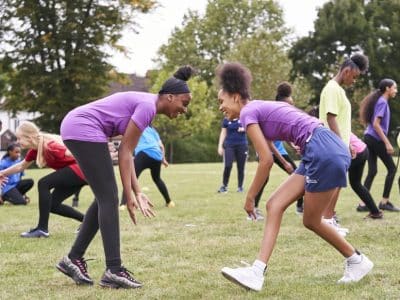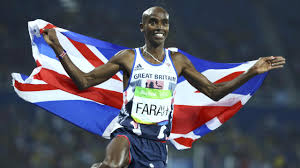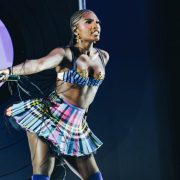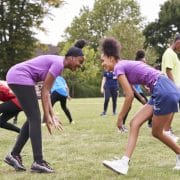Formula One has long been considered a boys’ club, but times are changing. Women now make up 40% of F1 viewers, a significant rise from just 7% in 2017. This shift can be partly attributed to the popular Netflix show Drive to Survive and Liberty Media’s 2017 acquisition of F1, which aimed to attract a broader audience, particularly young women.
In 2023, Liberty Media launched the F1 Academy, a global initiative committed to increasing female participation in motorsport. One of its standout drivers is 19-year-old Bianca Bustamante, who recently made history by becoming the first woman accepted into the McLaren Driver Development Programme, designed to nurture future F1 drivers.
Bianca’s passion for motorsport began before she could talk, inspired by her father, a karting enthusiast. “I was given my own racing suit when I was one-year-old and my own car at the age of three,” she recalls. Growing up in the Philippines, a country not known for motorsport, Bianca’s journey to professional racing was both challenging and memorable.
At six, Bianca declared her dream of becoming a professional driver. Despite financial struggles and her brother’s medical bills, her parents supported her unwavering passion. “Anything I do is not just my success, it’s my parents’,” she says.
View this post on Instagram
As a trailblazer, Bianca aims to create more opportunities for others. “To be the first woman to do this in 2024 speaks volumes,” she says. “But to be on the frontline of the sport evolving, and hopefully be the first of many, is the goal. I want to open doors for young talent from less fortunate backgrounds.”
Bianca feels empowered at McLaren, surrounded by women in various roles. “One of the best feelings is going into the McLaren Technology Centre and never feeling like an outcast,” she says. Her experience contrasts with stereotypes in Asia, where women are often steered away from fields like engineering and mechanics.
Training Like an F1 Star
Bianca’s training extends beyond the track and gym to include a strong focus on mental health. “Mental training is just as important as physical,” she says. Working with a sports psychologist helps her handle personal and family struggles that could affect her performance.
Proper nutrition also plays a critical role in her regime, thanks to her partnership with Optimum Nutrition. “Growing up, we could barely afford to eat rice. Now, I feel so strong with access to incredible nutrition,” she shares. Her favorite treats are chocolate whey protein shakes and chocolate brownie protein bars.
Physical training for an F1 driver involves building muscle endurance, plyometrics, and neck training to withstand the G-forces experienced during races. “Fatigue affects your mental strength, so having a strong body is essential,” Bianca explains. Training camps in France help her maintain peak physical condition.
Chasing the Dream
The anthem was played, we raised the flag. We Won!!
100 emotions in 5min. Thank you everyone for believing in me. MY FIRST CAREER VICTORY!!!!!! Come on!!!!!!#LabanPilipinas#F1Academy #F1 #Prema #BB16 pic.twitter.com/d1nKZh7gV3
— Bianca Bustamante (@racerbia) May 6, 2023
Bianca’s ultimate goal is to become a Formula One driver, a feat achieved by only two women in history: Maria Teresa de Filippis in 1958 and Lella Lombardi in the mid-1970s. “There are only 20 seats in F1, and a million drivers fighting for them,” she says. “But I want to live a life without regrets, cherishing every moment on track.”
Whether placing P2 at the Miami Grand Prix or practicing on the track, Bianca’s journey is a testament to her dedication and passion. “Every time I walk through the entrance, I take a photo. I’m surrounded by 20 F1 cars – I’m such a fangirl,” she admits.
Bianca Bustamante is more than just a rising star in motorsport; she’s a symbol of progress and inspiration for young women worldwide. Her story reminds us that breaking barriers is possible with passion, perseverance, and support.

















